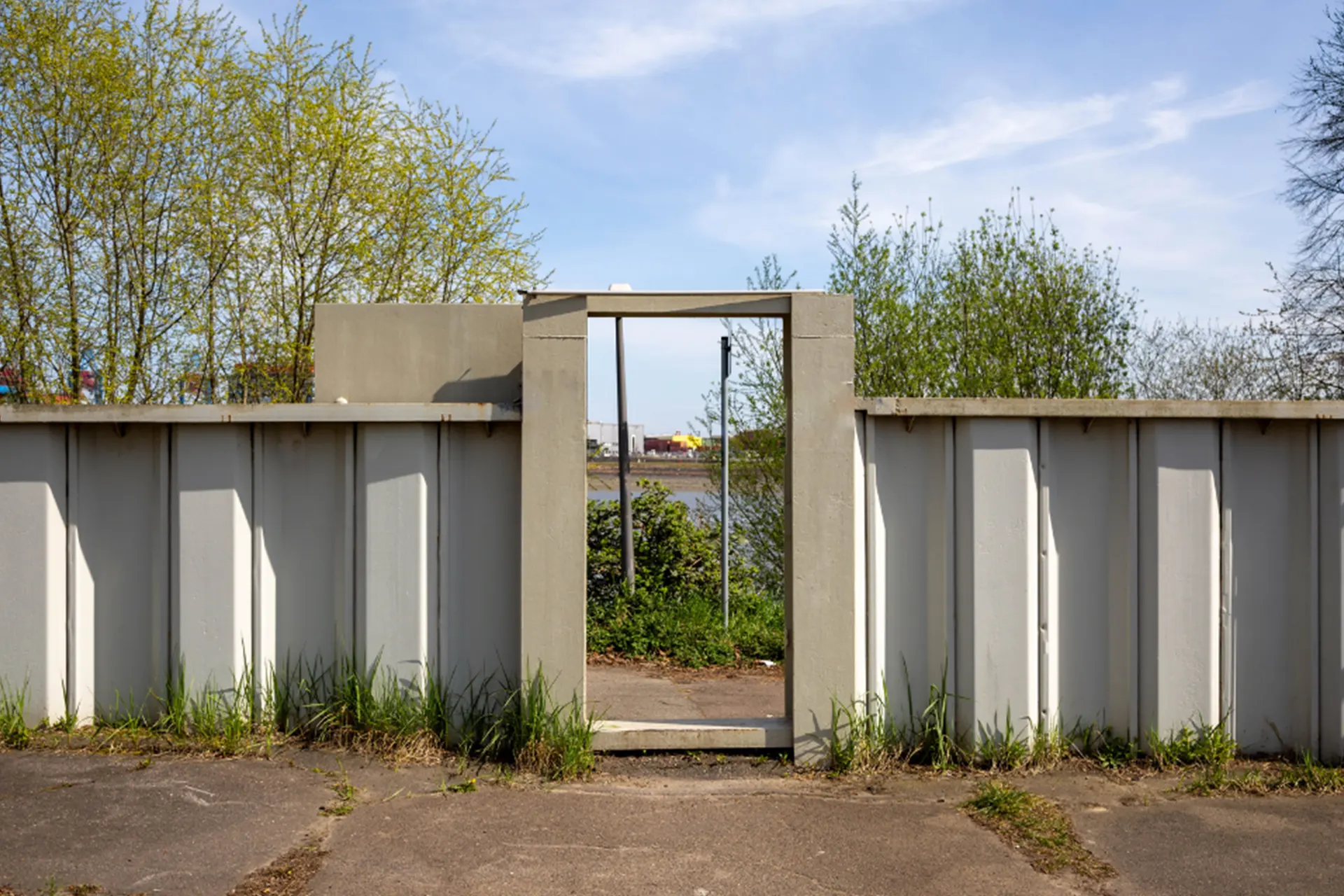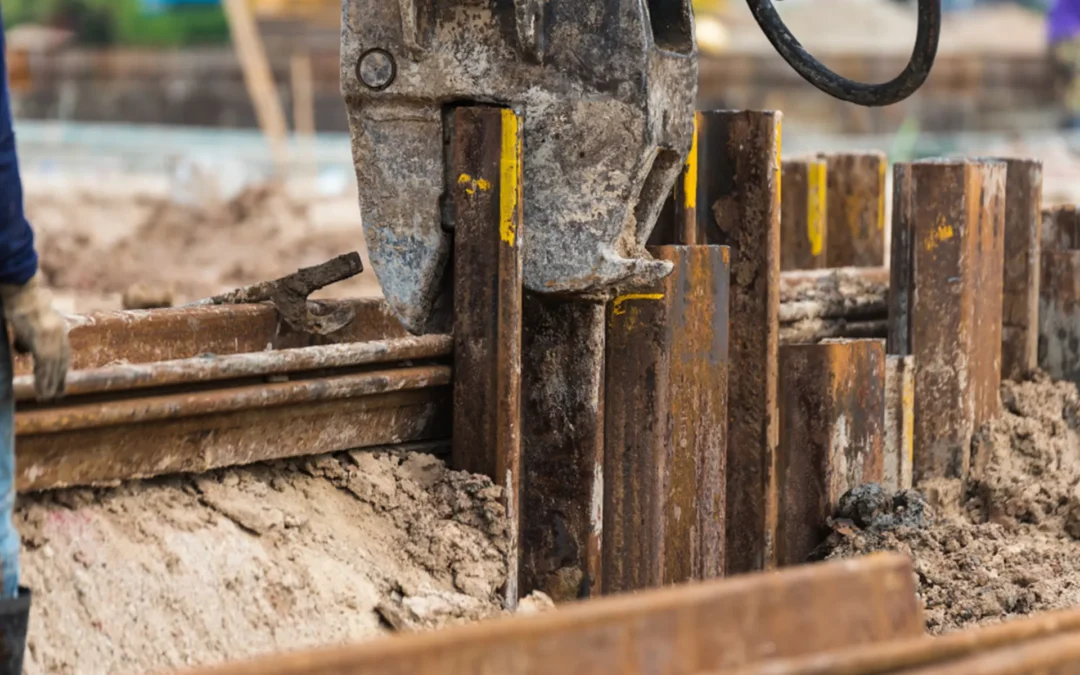Just one inch of floodwater can cause up to $25,000 in damage, according to FEMA. In coastal zones like Long Island’s South Shore, Brooklyn, Queens, and the Bronx, even a minor storm surge can lead to major losses. Water seeps into foundations, corrodes infrastructure, and overwhelms outdated drainage systems.
That’s why modern coastal protection demands more than just a steel wall. The most resilient systems today combine sheet pile seawalls with drainage and pump systems to relieve hydrostatic pressure, manage water flow, and extend the life of your barrier.
At Zavza Seal, we’ve seen what happens when these elements are missing. Clogged weep holes, corroded anchors, and saturated backfill that push walls to failure. Whether you’re building new or reinforcing an older structure, integrated protection isn’t optional anymore it’s essential.
Schedule a Free Seawall & Drainage Assessment to Protect Your Shoreline Property Before the Next Storm Surge Hits
Why Drainage Is Critical Behind Sheet Pile Seawalls
While sheet pile seawalls are excellent at holding back tides and storm surges, they’re impermeable by design, and that can be a hidden liability. Without proper drainage behind sheet pile seawalls, water infiltrates the soil from rainfall, groundwater rise, or overtopping events. Because the steel barrier traps this water, it builds up internal pressure known as hydrostatic pressure, which can silently push back harder than the soil was ever designed to withstand.
This trapped pressure adds lateral loads to the wall, softens the surrounding soil (reducing friction and bearing capacity), and accelerates the risk of wall bowing, soil blowout, or total structural failure.
Schedule a Free Seawall & Drainage Assessment to Protect Your Shoreline Property Before the Next Storm Surge Hits

Designing Drainage Systems for Sheet Pile Seawalls
Effective seawall design requires a purpose-built drainage system that controls water movement, protects soil integrity, and prevents premature failure.
Here’s how engineers relieve hydrostatic pressure behind seawalls:
- Weep Holes: Strategically placed through the wall to allow water to escape before it builds pressure.
- Toe Drains: Perforated collector pipes at the wall base that carry water to a sump or safe discharge point.
- Gravel Backfill Layers: Clean, well-graded stone allows water to flow freely toward drains without clogging.
- Filter Fabric: A geotextile barrier that wraps gravel to prevent fine soil particles from washing into the drainage zone.
These systems work together to safely collect and discharge water, while maintaining soil stability and preventing erosion. When done right, they form a breathable buffer that keeps the wall dry and the surrounding soils firm, no matter the rainfall or tide cycle.
Our Team Designs Custom Seawall Drainage Systems! Request a Consultation!
Geotechnical Considerations and Backfill Selection
Your seawall is only as reliable as the soil behind it. When groundwater rises or storm surge saturates the backfill, the resulting hydrostatic pressure dramatically increases lateral earth pressure, weakening the system from the inside out.
That’s why proper geotechnical planning is a critical part of seawall design for strength and long-term resilience.
Key Geotechnical Factors to Address:
- Soil Saturation Weakens Resistance: Wet soils lose cohesion and friction, especially clays, reducing the wall’s ability to hold back lateral loads.
- Hydrostatic Pressure Adds Lateral Load: Water pressure behind the wall must be calculated into total loading; neglecting it leads to under-designed systems.
- Granular Backfill Is Essential: Clean, well-graded gravel allows water to drain quickly and maintains strength even when wet.
- Filter Fabrics Prevent Piping: Geotextiles stop fine soils from washing into the drainage zone, protecting both the soil mass and your system’s performance.
- Compaction Matters: Loose backfill allows settlement and water pockets. Proper compaction increases stability and reduces differential movement.
Need Soil Testing or Design? Book a Geotechnical Assessment!
Corrosion Protection and Material Selection
Seawalls live in harsh, corrosive environments where saltwater, oxygen, and minerals constantly attack metal. Without corrosion protection, even the best-designed system can fail early. That’s why material choice and protective strategies must be tailored to your site.
Best Practices for Long-Term Durability:
- Galvanized Sheet Piles: Hot-dip galvanization forms a zinc barrier that protects steel from oxidation and chloride attack.
- Coating Systems: Epoxy or polyurethane coatings create a chemical-resistant shell ideal for splash zones and abrasive environments.
- Cathodic Protection: Sacrificial anodes or impressed current systems counteract corrosion at the molecular level.
- PVC & FRP Sheet Piles: For extreme marine conditions, plastic and fiber-reinforced polymer alternatives offer corrosion-proof performance with long service life.
- Drainage System Protection: Exposed toe drains, weep hole covers, and pump housings should be made of corrosion-resistant materials or shielded with coatings.
Ask About Long-Life Seawall Materials During Your Consultation!
Best Practices & Common Failure Modes
Even the strongest sheet pile seawall can fail if drainage and pump systems aren’t thoughtfully designed and maintained. Long-term performance depends on how well the system handles rising water, sediment buildup, and shifting soils.
Seawall Failure Prevention: Best Practices
- Maintainable Weep Hole Filters: Use removable or serviceable filters to keep weep holes clear of sediment ensuring steady water relief and avoiding pressure buildup.
- Redundant Pump Systems: Always install a backup pump system with battery or generator support to maintain drainage during storms or power outages.
- Regular Inspections: Annual inspections help detect early signs of toe scour, clogged drains, and soil displacement before they escalate into structural damage.
- Positive Grading Toward Drains: Backfill should be compacted and sloped toward drainage outlets to prevent pooling and saturation behind the wall.
- Non-Clogging Drainage Paths: Use gravel, geotextile fabric, and open-graded filters to keep drainage zones clear while preserving soil strength.
Each of these practices plays a critical role in seawall failure prevention, especially in areas prone to groundwater flooding, tidal action, or high water tables.
Don’t Wait for Failure! Schedule a Preventative Inspection!
Why Choose Zavza Seal for Sheet Pile Seawalls Installation?
With hundreds of coastal and waterfront projects across Long Island, Brooklyn, Queens, and beyond, Zavza Seal brings engineered precision and local insight to every seawall project.
What Sets Us Apart:
- System-Level Design: We integrate steel, drainage, and pumps into a unified, site-specific plan built to perform under stress, not just look good on paper.
- In-House Geotechnical Testing: From soil strength to seasonal water tables, we build your seawall on a foundation of data not guesswork.
- Custom Material Solutions: Choose from galvanized steel, epoxy coatings, PVC, or FRP systems depending on exposure, lifespan, and budget goals.
- Long-Term Maintenance Planning: We provide inspection protocols and maintenance tips to extend the system’s lifespan.
- Built for Local Conditions: From South Shore flood zones to rocky North Shore outcrops, our designs reflect the realities of New York’s coastal terrain.
Partner With a Contractor Who Builds for Long-Term Resilience! Book a Consultation With Zavza Seal
Final Thoughts on Sheet Pile Seawalls with Drainage and Pump Systems
A wall alone isn’t enough. To truly protect your shoreline property, you need a full system. Sheet pile seawalls with drainage and pump systems that work together to relieve pressure, manage water flow, and preserve soil strength.
When designed right, this integration prevents hydrostatic buildup, minimizes lateral load, and drastically reduces long-term maintenance costs. When neglected, even the toughest wall can crack, shift, or collapse.
Schedule Your Comprehensive Seawall Assessment Today!
Frequently Asked Questions About Sheet Pile Seawalls with Drainage & Pump Integration
Why Isn’t a Sheet Pile Wall Alone Enough to Prevent Flooding?
A sheet pile wall blocks tidal and storm surge forces, but without integrated drainage, it traps water behind it. Rain, groundwater, and overtopping events build hydrostatic pressure that can crack or push over the wall. Drainage and pump systems are essential to relieve this pressure and protect the structure.
What Kind of Drainage System Should Be Installed Behind a Seawall?
A complete system includes weep holes, toe drains, gravel backfill, and filter fabric. This setup ensures water flows away from the wall instead of building pressure behind it. Pump systems are added when gravity drainage isn’t enough.
How Do Pumps Help Protect My Seawall System?
Pumps actively remove water when natural drainage is overwhelmed, such as during high tides or flash floods. Battery backup or generator-supported systems keep pumping during power outages, preventing water buildup that could lead to structural failure.
What Causes Sheet Pile Seawalls to Fail Over Time?
The most common causes include clogged weep holes, poor backfill compaction, hydrostatic buildup, and corrosion of steel components. Regular inspections and the right drainage design prevent these issues from escalating.
How Often Should Seawall Drainage Systems Be Inspected or Maintained?
We recommend annual inspections, or more frequently in flood-prone zones. Systems should be checked after major storms for sediment clogging, pump functionality, and evidence of wall movement or soil displacement.
What Materials Are Best for Seawalls in Corrosive Saltwater Environments?
Options include galvanized steel, epoxy-coated sheet piles, PVC or FRP (fiber-reinforced polymer), and cathodic protection systems. Material choice depends on site exposure, lifespan expectations, and budget.
Can Existing Sheet Pile Seawalls Be Retrofitted With Drainage and Pumps?
Yes. We can retrofit older walls with weep hole filters, toe drain systems, and external or sub-grade pump basins. These upgrades reduce pressure, extend lifespan, and minimize maintenance costs.
What Role Does Backfill Play in Seawall Performance?
Backfill acts as both a drainage medium and structural support. Using granular materials like clean gravel allows fast water movement, while compaction ensures the wall doesn’t shift over time.
How Do You Protect Drainage System Components From Corrosion?
We use corrosion-resistant materials for exposed parts like weep hole covers and toe drains, and apply protective coatings or wraps to pump housings. Maintenance protocols help catch early signs of deterioration.
Why Choose Zavza Seal for Integrated Seawall Systems?
We combine in-house geotechnical testing, custom drainage design, and material expertise to build systems that work in your specific soil and water table conditions. From South Shore salt flats to North Shore rock, our systems are built for long-term resilience.








